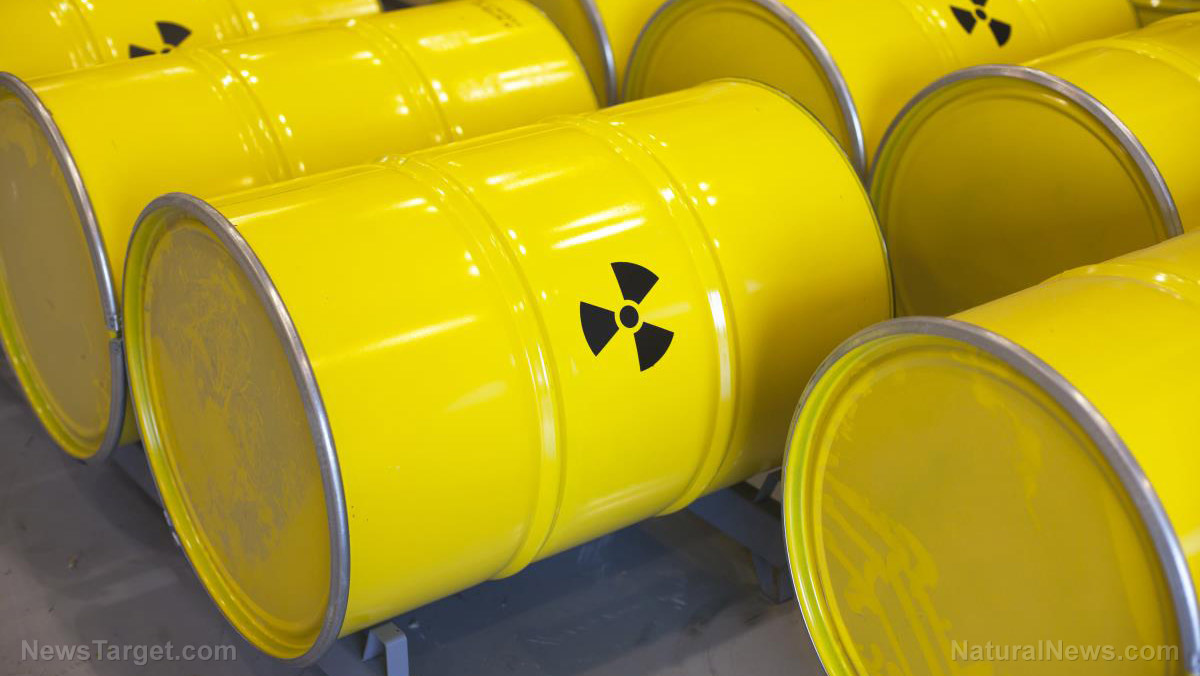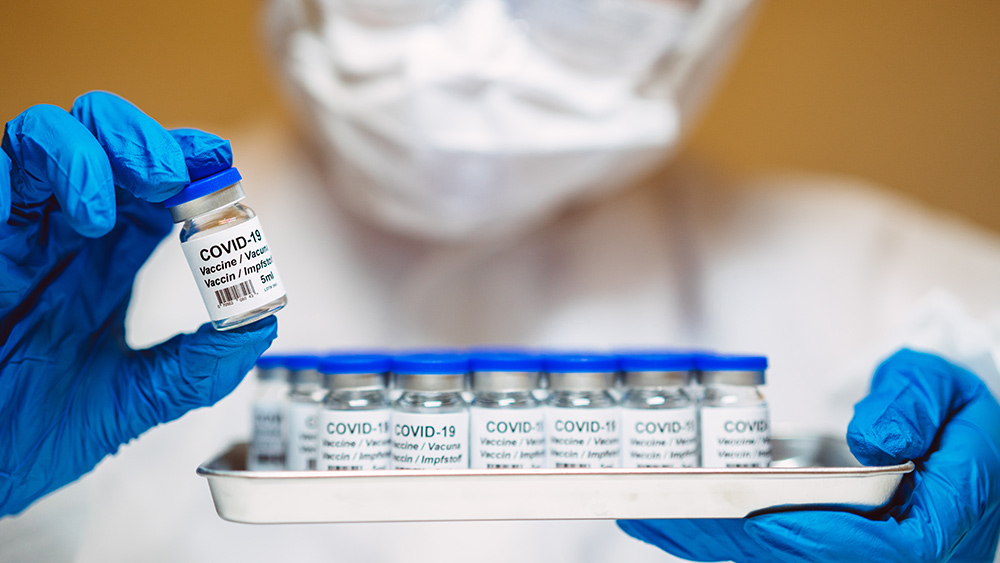America’s opioid epidemic is killing so many people that medical examiners can’t keep up with the body count
09/26/2017 / By JD Heyes

The numbers of Americans dying from the escalating opioid epidemic are skyrocketing so quickly that local medical examiners now have a backlog of autopsy cases that will stretch into next year.
As reported by the U.K.’s Daily Mail, the seemingly uncontrollable rise in opioid addiction is taxing the services of local medical examiners to the point that they are being forced to neglect people who are thought to have died from an overdose by providing only a basic autopsy that reveals just a minimal amount of information about their deaths.
What is worrying to many experts is that the watered-down autopsies also make medical examiners more prone to missing other causes of death while artificially inflating the actual number of opioid deaths, which are already at epidemic levels in some parts of the United States.
There are other ramifications to the quickened, incomplete autopsies. Incorrect calculations of opioid overdose deaths are also likely to affect the way Washington allocates funding and other government resources to battling the crisis. Also, if medical examiners took the required amount of time to examine all suspected overdose victims, they could subject themselves to the loss of their National Association of Medical Examiners (NAME) accreditation, which means they would harm their credibility in court cases.
The Daily Mail noted further:
Because of the issue, these offices are having to prioritize the types of cases they are tasked with, predicting that the worst of the opioid crisis has not even come yet.
And more and more they are choosing to focus on homicides rather than opioid overdoses, which have become predictable in recent years as they have overtaken gun violence, car crashes, and HIV as a leading cause of death.

A New Hampshire-based medical examiner, Dr. Thomas Andrew, told the newspaper that he first believed the then-emerging opioid epidemic would become a national crisis towards the end of 2013 after his office examined its first victim of an overdose of a fentanyl-heroin combination.
“It has changed the entire face of our practice,” Andrew said in reference to the epidemic.
The office where he works only has two forensic pathologists to deal with a dramatic influx of opioid victims that began after he made his prophetic prediction four years ago. Hundreds of other jurisdictions around the country, especially where the epidemic is at its worst, are similarly understaffed and under-resourced.
The epidemic “has strained our resources, our finances,” Andrew said. “We can’t use all of our resources to just do drug deaths. Where would the traffic crashes fit in? Where would the suicides fit in?”
What’s more, because of NAME rules, if either forensic pathologist in his office complete more than 250 autopsies in a year, they may lose their accredited status, which comes with a host of negative ramifications.
“If you lose your accreditation, now you have to explain that in court,” said Brian Peterson, president of NAME, who said it would look bad to many jurors.
He noted that the office where he works, in Milwaukee, Wis., is actually in danger of losing accreditation after experiencing a 12-percent increase in the number of deaths — most from opioid overdose, it is believed — in 2016 alone. (Related: Opioid epidemic reaches whole new crisis level as Big Pharma drugs out America for profit.)
Peterson said if his office does 30-40 more autopsies this year, it will lose its NAME accreditation.
The phenomenon is occurring all around the country, as medical examiners nationwide face the dilemma of having to decide whether they want to short-change the autopsy process or risk losing accreditation.
As such, many offices have decided that if medical examiners believe a case looks like an opioid overdose, victims will get only minimal examination and toxicology workout to confirm the suspicion.
The problem with that approach, however, is if the toxicology report comes back and proves the ME is wrong, there is nothing more that can be done because by then bodies will most likely have been buried or cremated.
“The risk is to possibly miss an alternative cause of death,” said Andrews.
J.D. Heyes is a senior writer for NaturalNews.com and NewsTarget.com, as well as editor of The National Sentinel.
Sources include:
Submit a correction >>
Tagged Under:
addiction, autopsy, backlog, Big Pharma, epidemic, medical examiners, Opioids, overdose, overdose deaths
This article may contain statements that reflect the opinion of the author





















